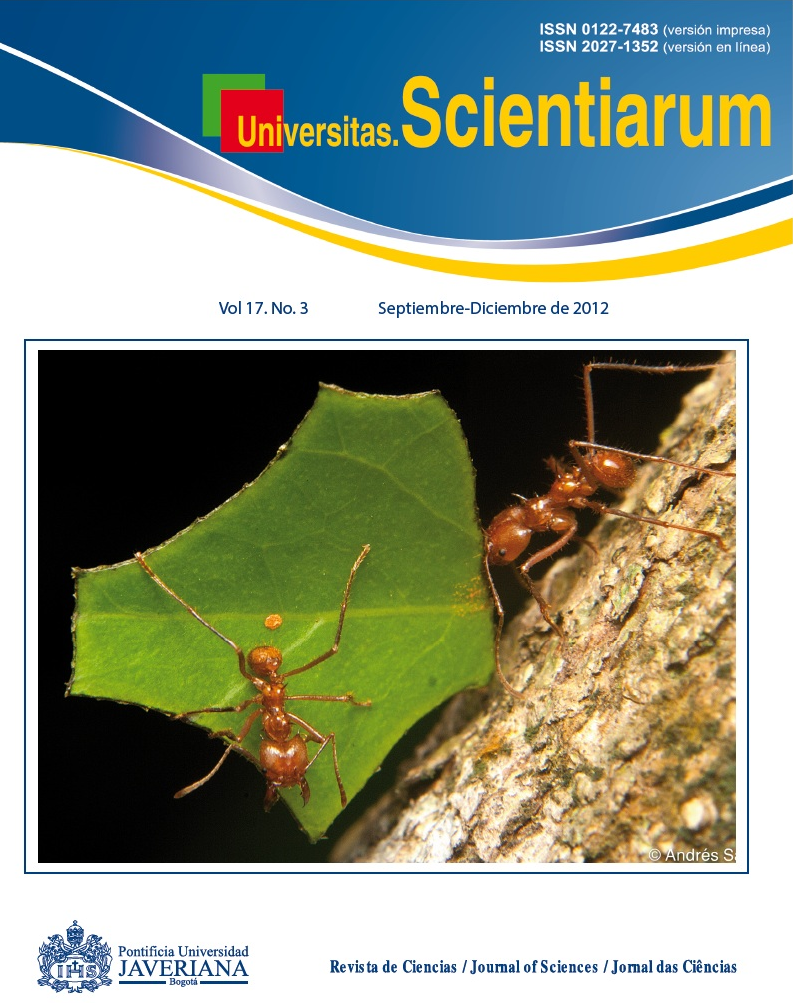Abstract
Abstract. To evaluate the organogenic potential of Cedrela montana Moritz ex Turcz. Explants from mature (10-20 year-old) and juvenile (7-18 month-old) trees were collected. The first grouping included buds, leaves, and nodes derived from juvenile basal offshoots and rejuvenated shoots from cuttings. The second, included leaves, petioles, nodes, internodes and nodes of in vitro elongated shoots. The highest organogenic potential was observed in nodes from juvenile trees: 45.8% of explants presented axillary bud elongation, while 56.2% presented rooting in a growth regulator free culture medium. Fifty-one percent of elongated shoots produced adventitious shoots with 0.5 μM NAA and 0.5 μM BA; 30% with 0.5 μM NAA and 1 μM BA; and 30% with 1 μM BA. Twenty percent presented roots with 0.5 μM NAA. Root formation was stimulated in a medium supplemented with activated charcoal (5 gL-1). The acclimatization of eighty percent of plantlets regenerated from nodes, and of 72.5% in vitro generated shoots was successful. On the contrary, mature trees material presented low organogenic response. Axillary bud elongation was recorded just in 10.7% of explants from juvenile shoots and in 6.7% of explants from rejuvenated shoots. The age of donor plant and type of explant affect the organogenic potential of C. montana. This study contributes to the understanding of this species’ response under in vitro conditions.
Univ. Sci. is registered under a Creative Commons Attribution 4.0 International Public License. Thus, this work may be reproduced, distributed, and publicly shared in digital format, as long as the names of the authors and Pontificia Universidad Javeriana are acknowledged. Others are allowed to quote, adapt, transform, auto-archive, republish, and create based on this material, for any purpose (even commercial ones), provided the authorship is duly acknowledged, a link to the original work is provided, and it is specified if changes have been made. Pontificia Universidad Javeriana does not hold the rights of published works and the authors are solely responsible for the contents of their works; they keep the moral, intellectual, privacy, and publicity rights. Approving the intervention of the work (review, copy-editing, translation, layout) and the following outreach, are granted through an use license and not through an assignment of rights. This means the journal and Pontificia Universidad Javeriana cannot be held responsible for any ethical malpractice by the authors. As a consequence of the protection granted by the use license, the journal is not required to publish recantations or modify information already published, unless the errata stems from the editorial management process. Publishing contents in this journal does not generate royalties for contributors.



